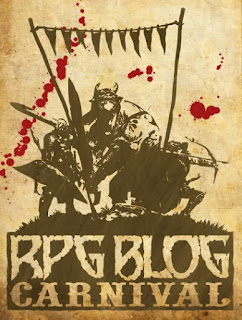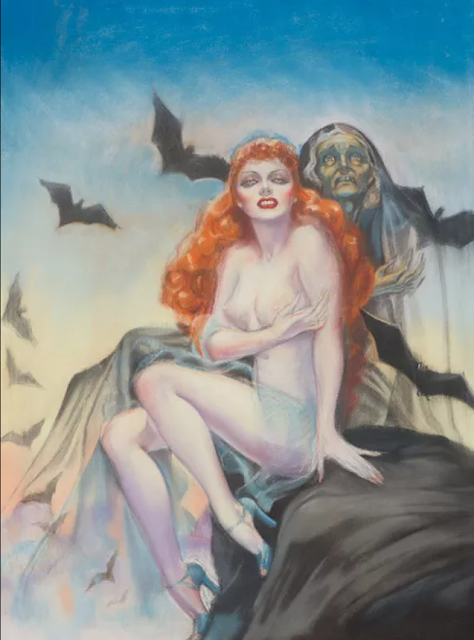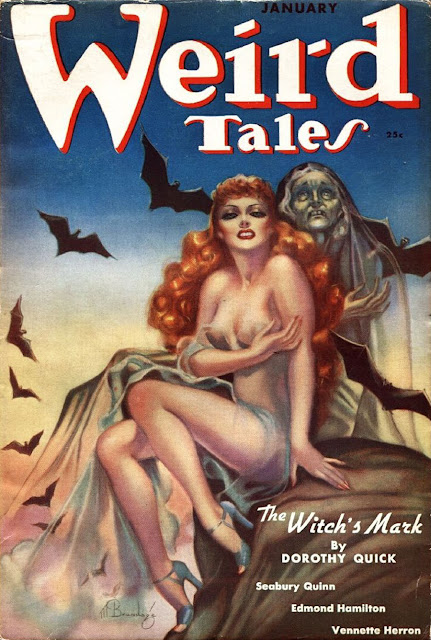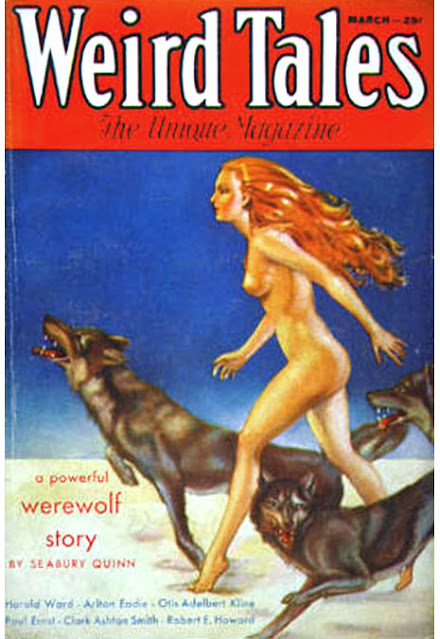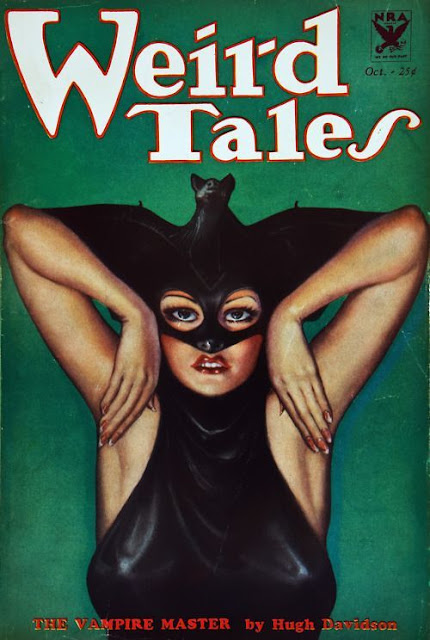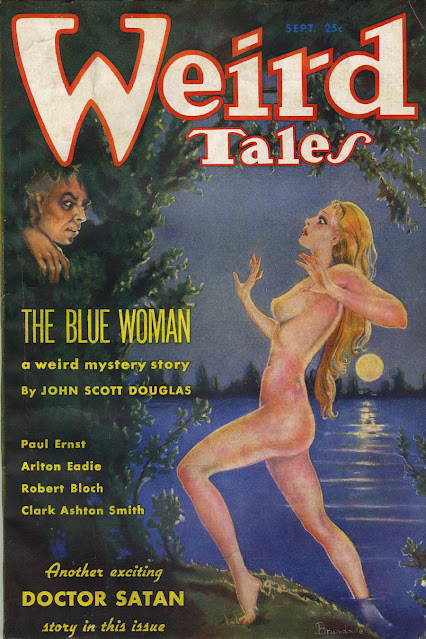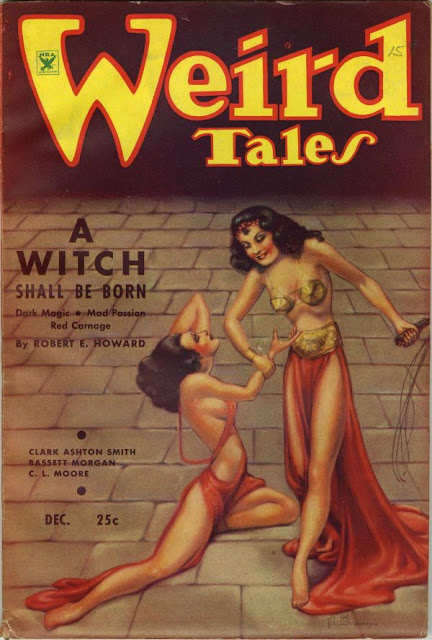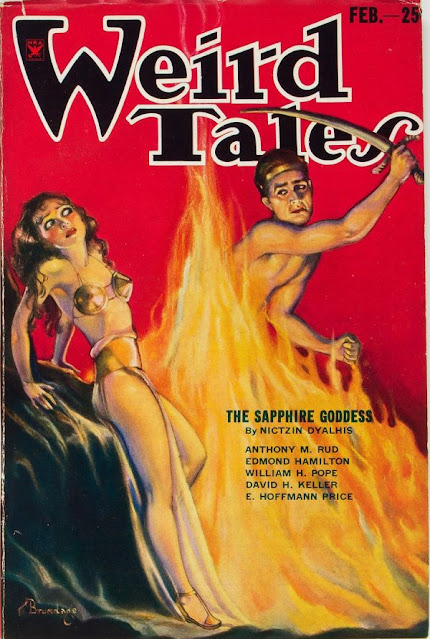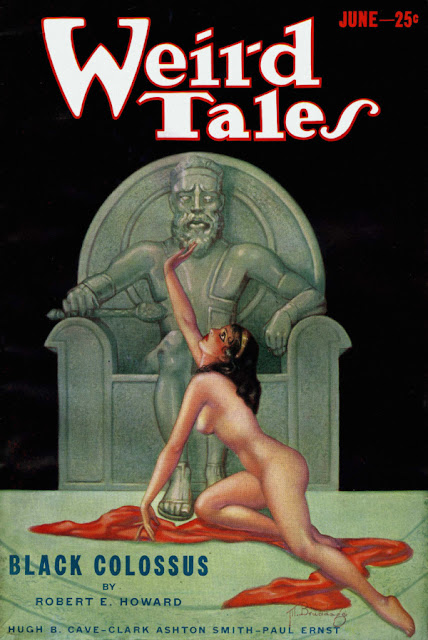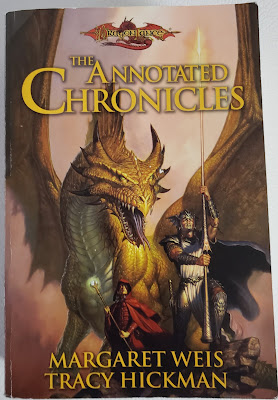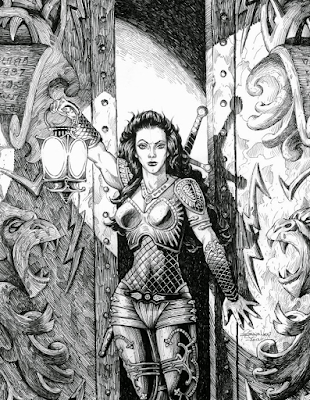The Sea Witch Tradition
I have been playing around with a Sea Witch Tradition. The Sea Witch is a powerful archetype and one that has featured in myths and legends since humankind looked out into the sea.
 Witches brewing a storm in Scottland
Witches brewing a storm in ScottlandAmong the media, mythological and literary examples are Circe from myth, Calypso from The Odyssey, Sycorax in Shakespeare's The Tempest, the Sea Hag from Popeye, Ursula from The Little Mermaid (and from the original Hans Christian Andersen), Tia Dalma in Pirates of the Caribbean, comics, and a story I recall reading as a kid that I have not been able to remember properly.
The Sea witch has power over wind, weather, waves, and various creatures of the sea and coast. This would include the obvious fish and marine mammals, but also birds associated with the sea.
 Sea Witch Tradition
Sea Witch TraditionWitches of the Sea Witch Tradition are members of a very ancient tradition related to the Classical tradition but also the Pagan traditions and Chthonic traditions. Witches of this tradition honor the sea in both it's capacity the cradle of life and in its capacity to destroy.
Role: Witches of this tradition often serve gods, goddesses, and other ancient powerful beings as their patrons. Many will often refer to the Sea as a Goddess in and of herself and other Gods of the seas are merely Her extensions and proxies.
Joining this Tradition: Sea witches join this tradition typically very early in life. They will claim they have sea-water in their veins and the sea in their soul. They feel drawn to the sea and will typically live near the sea if they are land-dwelling, or in it. They will often grow up in families where many of the members are sailors or fisherfolk. Some even are related by blood to creatures like selkies, mermaids, or even swanmays or nymphs.
Unlike most Hags that are part of the Faerie tradition, Sea Hags are part of this Sea Witch tradition.
Leaving this Tradition: Witches rarely if ever leave this tradition. Even when they are physically distant from the sea they still "feel the call of the sea."
Occult Powers
Minor, 1st Level: Familiar. The Seas witch gains a familiar related to the sea.
Lesser, 7th Level: Breathing. The sea witch gains the ability to breathe underwater if they normally breathe air, or the ability to breathe on land if they normally breathe water. This is a persistent power.
Medial, 13th Level: Shape Change. The Sean witch may shape change as per the Druid ability Wild Shape or Polymorph Self. This may be done once per day at the 13th level. The witch may only change shape to a natural sea animal that is within one size category of her normal size. So a Medium-sized witch may only change to a Small, Medium, or Large animal.
The number of times the witch may do this per day increases with every other level. So 2 times per day at 15th, 3 times per day at 17th, and 4 times per day at 19th. The witch may opt to sacrifice one of these times to go outside of her normal range of sizes. So a 17th level Amazon witch could shift to Huge or Tiny once and her normal sizes the other two (total of 4 shapeshifts per day).
Greater, 19th Level: Raise Storm. Considered by many to be the ultimate form of the Sea Witch's power, the Sea Witch can affect the weather as per the magic-user and druids spells Control Weather and Control Winds.
Major, 25th Level: Longevity. The witch stops aging. Her appearance will continue to age but her body and mind will stay the same age she was when she reached this level. She is also no longer affected by magical aging. She can still be killed by normal means.
Superior, 31st Level: Apotheosis. The witch becomes something else. This new form and powers are dependent on the Patron she serves. For sea witches, her form becomes that of a sea creature. She becomes something akin to a Triton, a Cecelia, or even odder combinations.
Special Benefits and Restrictions: The sea witch will honor a god or goddess of the sea. The vow never to willing move further and a mile away from any body of water. Most prefer to be much closer. Seas witches with a familiar can communicate with marine life and even other creatures that leave near the sea.
Equipment: The tool of this tradition is the cauldron. Like the sea, the cauldron holds all possibilities.
Preferred/Barred Covens: Sea Witches are typically solitaries, but they will often meet up every few years with others. Sea witches also tend to be very territorial, so only one will typically be found in any one natural locale, such as a bay, cove, or other inlets.
Relationship to the Goddess/Patron: The sea witch views the Goddess as the Sea itself. "Human" manifestations of Her are but limited projections into the human understanding of what the Sea and the Goddess actually is.
This relationship with the sea also makes the Sea Witch a unique figure among sailors. Many sailors are very superstitious and among those superstitions and fears are ones regarding having women on ships. Many feel it is bad luck, others feel that a woman on a ship will cause the crew to mutiny. The witch is exempt from these notions. She is both a welcome and feared member of a crew.
Male sea witches are a welcome addition to most crews even if they are just as feared and respected.
Source/Views of Magic: Like most witches, the Sea Witch views her magic as a manifestation of the Goddess who is the Sea. The source of her magic is the endless ocean, the unfathomable depths, the irresistible urge of the sea.
Archetypes: Most Faerie Witches see little use in the Good vs. Evil axis. The sea is both and neither, so why should they choose? Most tend towards neutral if a little chaotic.
Other: Sea Witches tend not to hoard much wealth, but they do appreciate treasure. Especially treasure found in the sea or on it, such as a pirate's chest of gold, or something rare and beautiful from a faraway land. Pearls are valued over other gems and gold more so than silver or platinum.
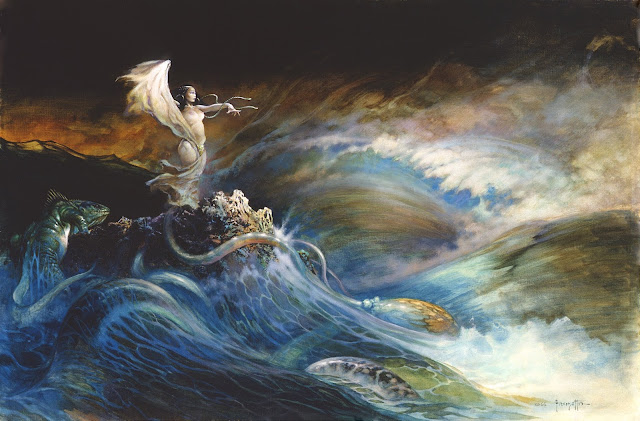 The Sea Witch
The Sea Witch Other Traditions

